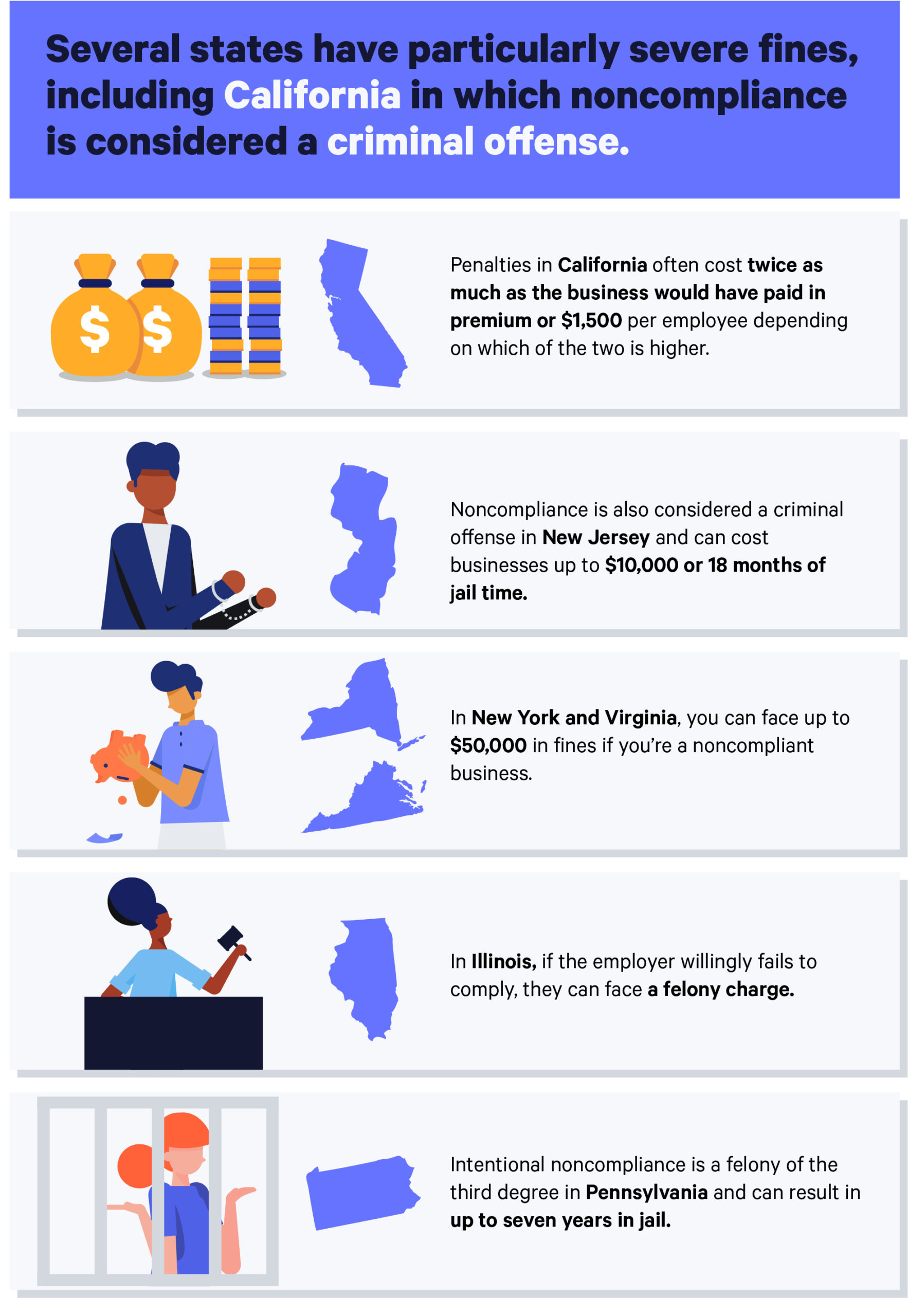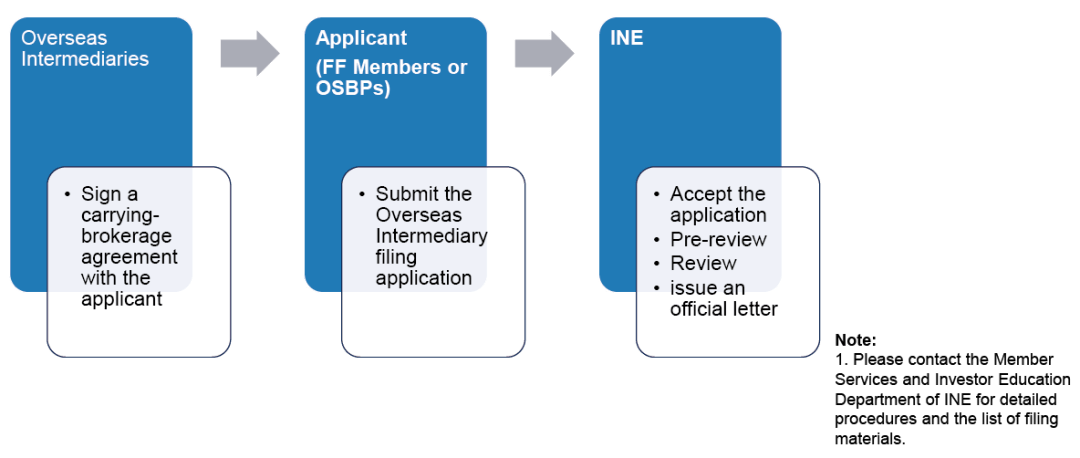Understanding Personal Loan Installment vs. Revolving: Which Option Suits Your Financial Needs?
#### Personal Loan InstallmentA personal loan installment is a type of loan where you borrow a fixed amount of money and repay it in equal monthly installme……
#### Personal Loan Installment
A personal loan installment is a type of loan where you borrow a fixed amount of money and repay it in equal monthly installments over a predetermined period. This structure offers borrowers predictability in their financial planning, as they know exactly how much they need to pay each month and when the loan will be fully paid off. Personal loan installments are typically used for larger expenses, such as home renovations, medical bills, or debt consolidation.
One of the key advantages of personal loan installments is the fixed interest rate. Borrowers can lock in a rate at the time of borrowing, which means their monthly payments will not change, even if market interest rates fluctuate. This stability can be particularly beneficial in times of economic uncertainty. Additionally, personal loans often have a set repayment term, usually ranging from one to seven years, which can help borrowers manage their debt effectively.
However, it’s essential to consider the potential downsides. If a borrower misses a payment, they may incur late fees, and their credit score could suffer. Moreover, personal loans generally require a good credit score to qualify for the best rates, which can be a barrier for some individuals.

#### Revolving Credit
Revolving credit, on the other hand, is a flexible borrowing option that allows you to borrow money up to a certain limit and repay it at your convenience. Credit cards are the most common form of revolving credit, but personal lines of credit also fall into this category. With revolving credit, you can borrow and repay multiple times without needing to reapply, as long as you stay within your credit limit.
One of the primary benefits of revolving credit is its flexibility. Borrowers can access funds as needed, which is ideal for managing unexpected expenses or cash flow issues. Additionally, you only pay interest on the amount you borrow, not the entire credit limit. This can lead to lower overall interest costs if managed wisely.

However, revolving credit can also lead to financial pitfalls. The temptation to overspend can lead to accumulating debt that becomes difficult to manage. High-interest rates associated with revolving credit can also result in significant costs if the balance is not paid off promptly. Moreover, if a borrower consistently maxes out their credit limit, it can negatively impact their credit score.
#### Choosing Between Personal Loan Installment and Revolving Credit
When deciding between personal loan installments and revolving credit, it’s crucial to assess your financial situation and goals. If you need a lump sum for a specific purpose and prefer stable monthly payments, a personal loan installment may be the better choice. Conversely, if you want the flexibility to borrow as needed and can manage your spending habits, revolving credit might be more suitable.

Consider factors such as interest rates, repayment terms, and your ability to make consistent payments. It’s also wise to review your credit score and financial history, as these will influence your options and the terms you can secure.
In conclusion, both personal loan installments and revolving credit have their unique advantages and disadvantages. Understanding these differences can help you make informed decisions about your borrowing options, ensuring that you choose the one that best aligns with your financial needs and goals. Whether you opt for the predictability of a personal loan installment or the flexibility of revolving credit, careful planning and responsible management are key to maintaining financial health.